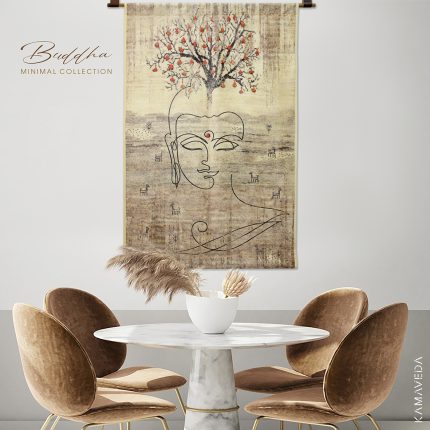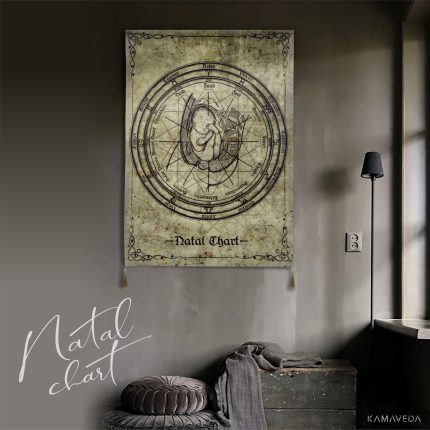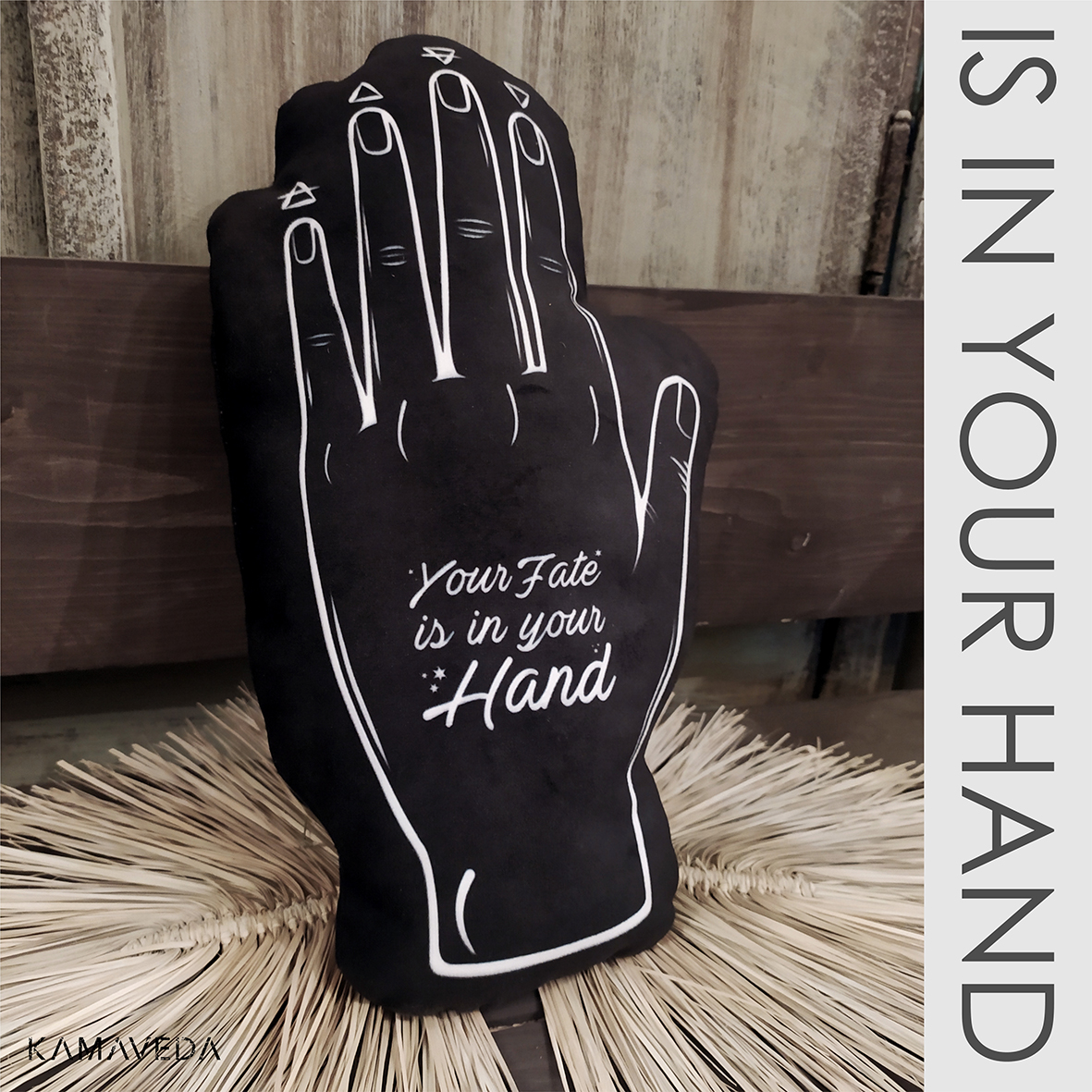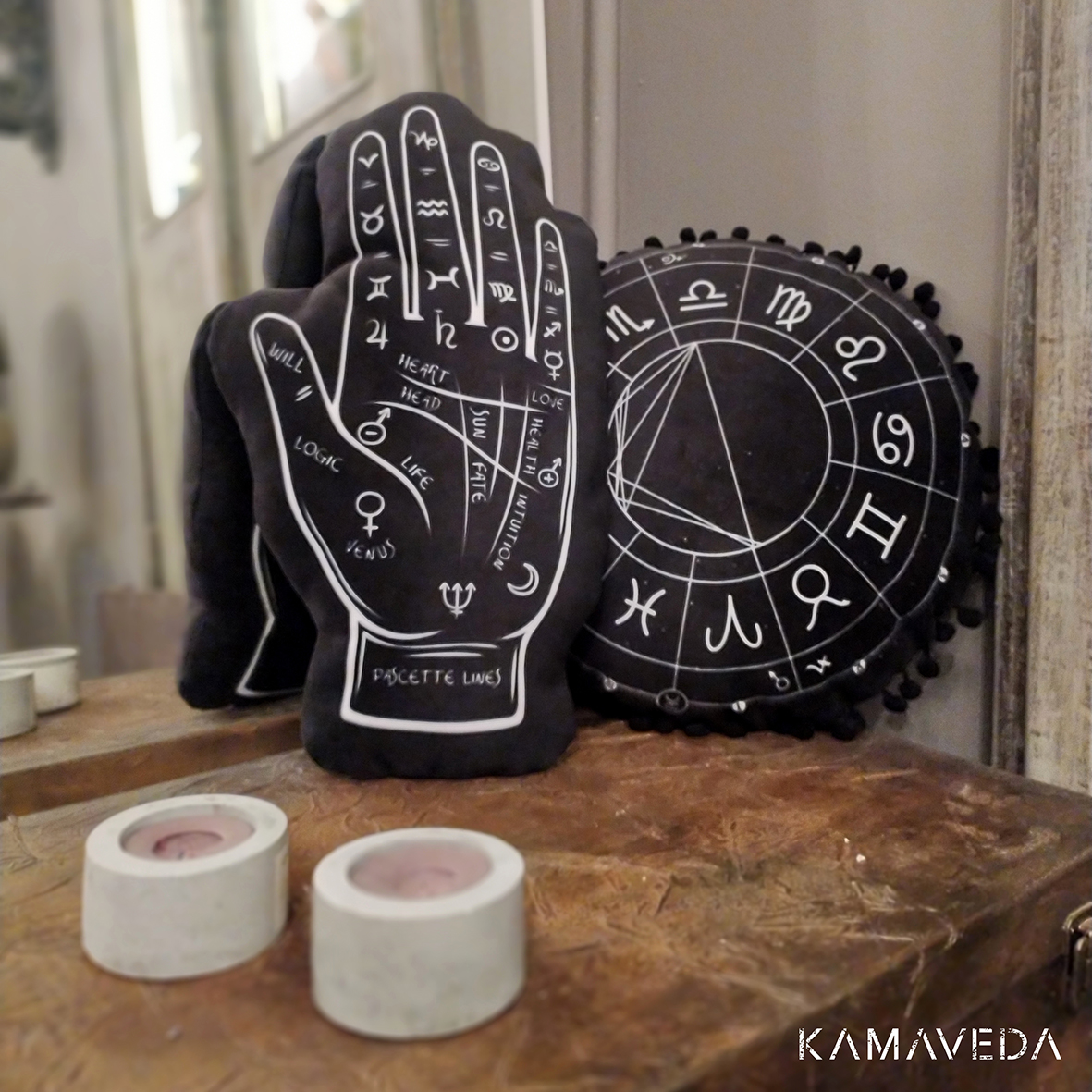Description
Palmistry is a common knowledge in several ancient regions of Eurasia.
from cultures of: India, Nepal, Tibet, China, Iran, Sumer, Canaan and Babylon.
Yoshiaki Omura, an acupuncturist states that, palmistry has its roots in Hindu astrology (which in Sanskrit is called Jyotish)
describes the Chinese Yijing (I Ching) and Roman fortune tellers. since a thousand years ago,
A sage named Hindu Valmiki has written a book consisting of 567 stanzas which is titled in English as
Valmiki Maharishi’s teachings on palmistry have been translated. Many and often contradictory interpretations of the lines
and there are characteristics of the human palm in different teachings. Contradictions between different interpretations and lack of evidence
It has caused educated people to consider palmistry as a pseudo-science. Society of Chirology by Catherine St. Hill
In 1889, with the aim of systematizing the art of palmistry and preventing fraudsters from abusing this art in London
the society established. Edgar de Valcourt-Vermont also founded the American Chirological Society in 1897.
A revolutionary figure in the modern palmistry movement named “William John Warner” Irish, nicknamed “Chiro”
After studying under the supervision of Indian professors, he opened a place dedicated to palmistry in London and welcomes customers
celebrities like: W. T. Stead , Sarah Bernhardt, Mata Hari, Oscar Wilde, Mark Twain and Grover Cleveland.
He also has many followers including: Thomas Edison, Prince of Wales, General Kitchener, William Everett Gladstone and
Joseph Chamberlain.
Kamavada Collection is the first designer and producer of cosmic and ancient oriental motifs in Iran






Reviews
There are no reviews yet.